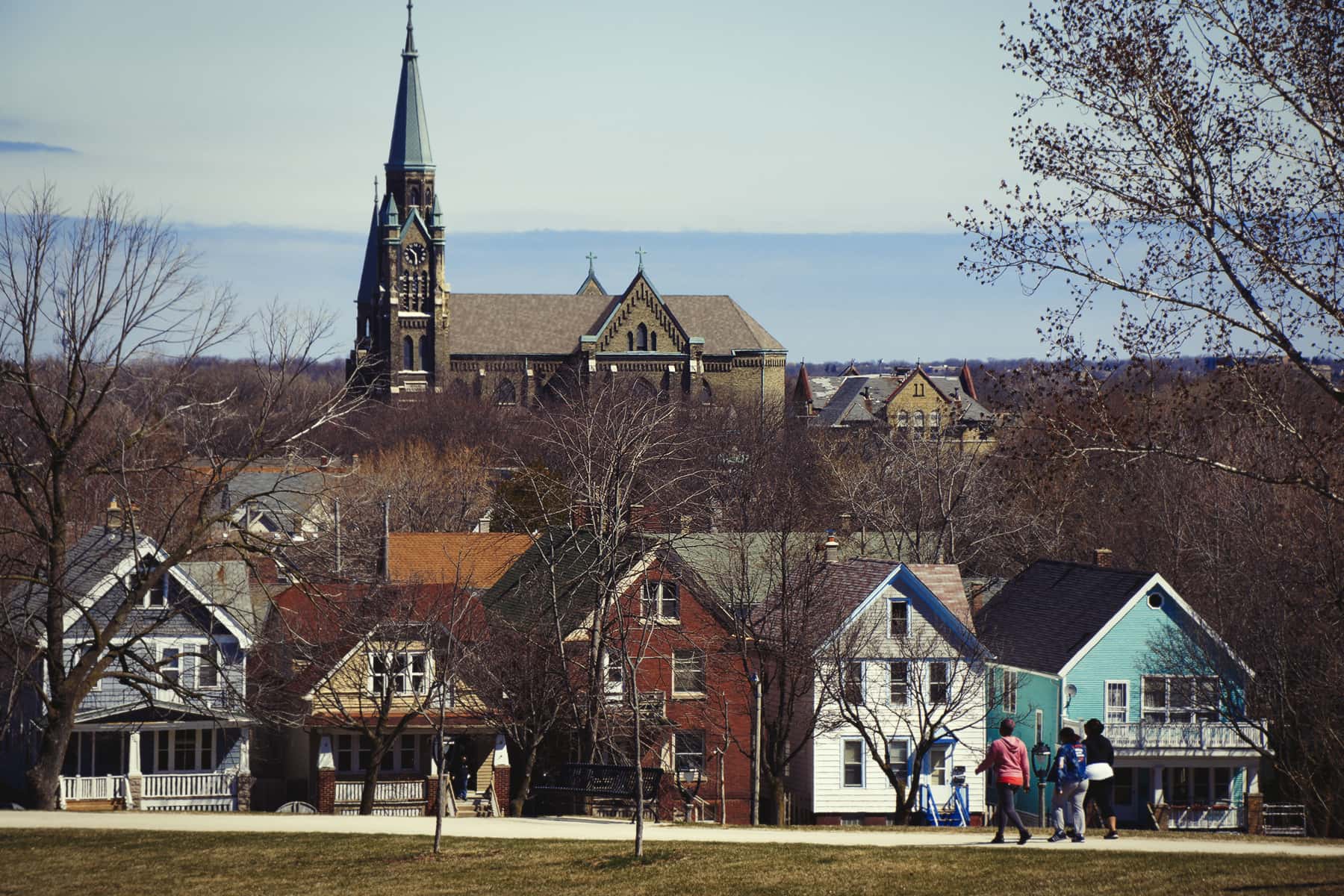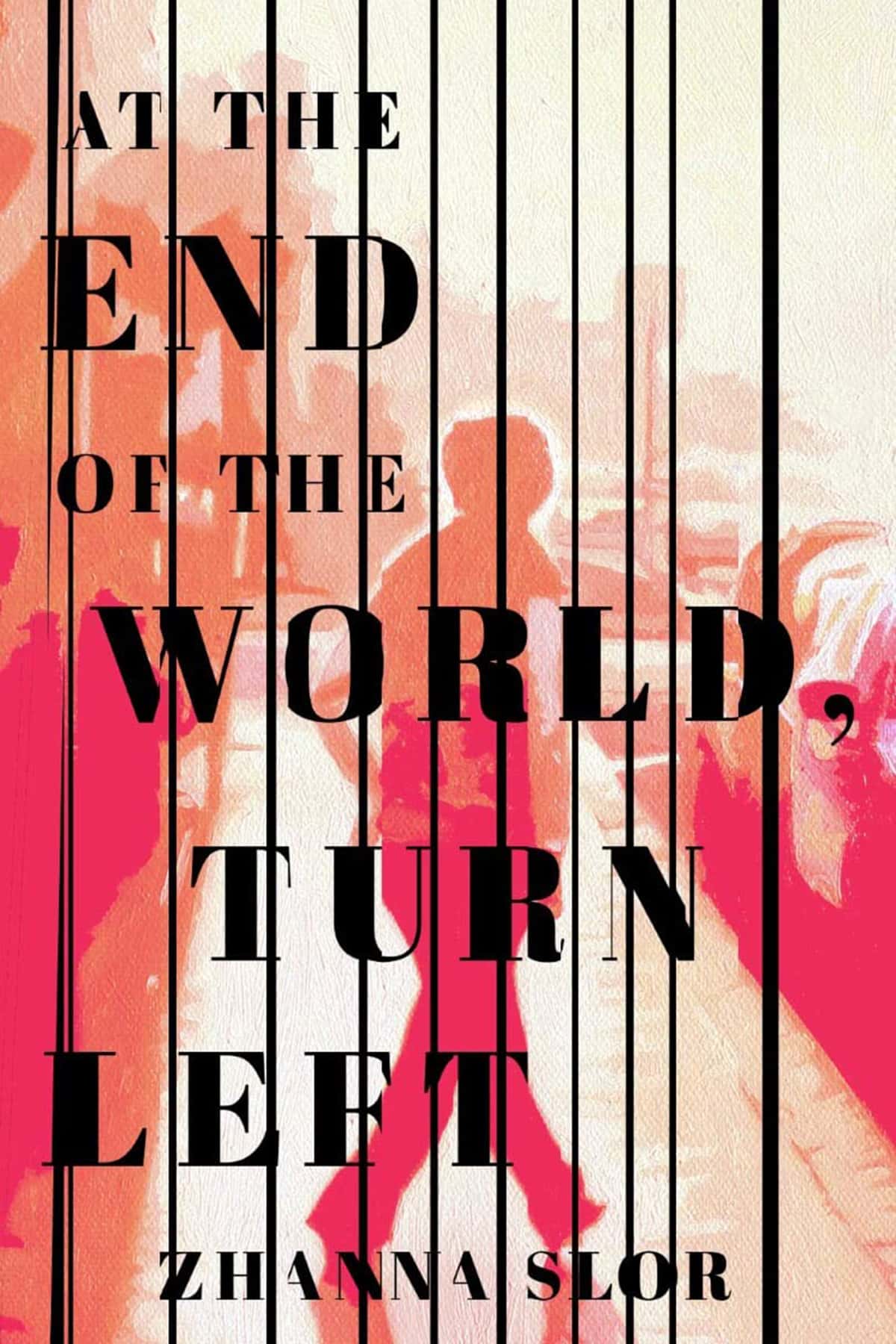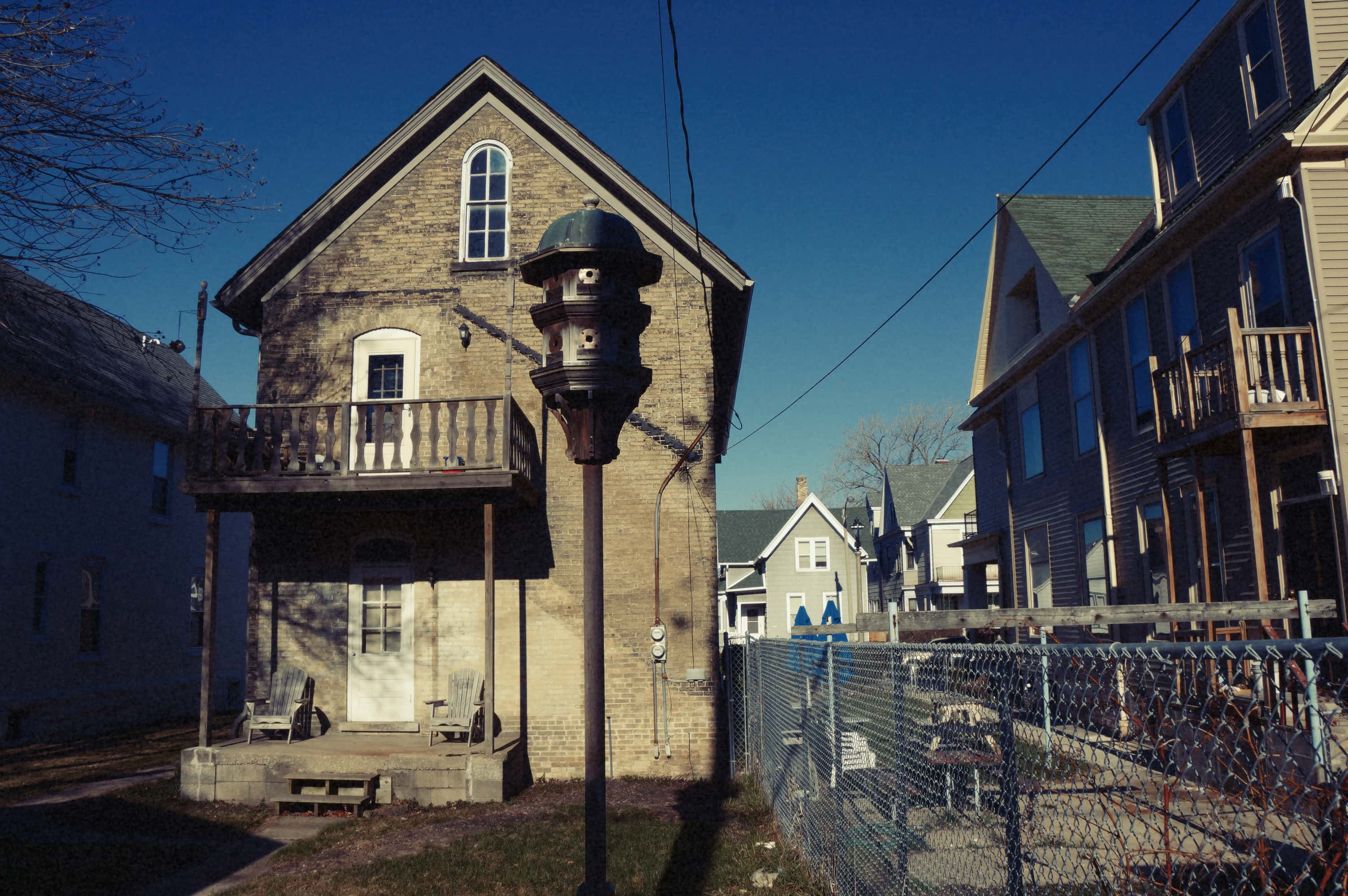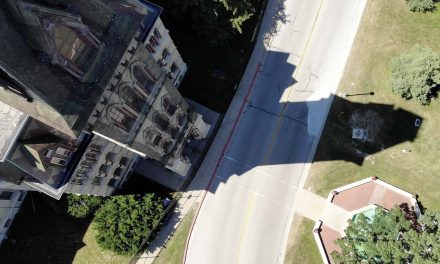
Milwaukee is the home to many generations of immigrant families. Over decades, these families have invested many sizable contributions to the rich characteristics that make Milwaukee what it is today.
There are also many scars and wounds through these families that have yet to be explored and reflected upon within an open safe space. Often the inability stems from the complicated relationship with the place they are to call their new “home.”
This love-hate relationship with Milwaukee is the foundation of Zhanna Slor’s April 2021 debut novel At the End of the World, Turn Left.
Slor’s novel is a combination of a mystery and self-exploration novel. It centers on the lives of two sisters who have both immigrated from the former USSR but have different approaches to what they define as home. When the younger sister Anna goes missing, her older sister Masha is pulled away from the tranquil life she has built for herself in Israel to return back to Milwaukee, the place she resent to go “home” to.
Although the book is said to be based in the City of Milwaukee in 2008, its setting is actually limited to west of the University of Wisconsin-Milwaukee and Riverwest, a location that Slor describes as “the snake of the Milwaukee River.”
Milwaukee natives who have invested their identities within the city, accepting both the favorable and rough parts, will have a hard time digesting Masha’s imagery of Milwaukee. The reader will come to find out that Masha’s condescending of Milwaukee and the people who reside within areas like Riverwest are based on a traumatic experience. Her righteous thoughts focus on an area of her life that she is realizing, throughout the novel, that she has not made peace with quite yet.
Slor was very gratuitous to provide a commentary on her thought process and relationship with her novel. Her insight brings to the table a lot of discussions surrounding Milwaukee. She does not indicate which part she is aligning with or attempting to direct the reader towards one or the other side, but instead shows the complexity of trying to pin down a holistic representation of Milwaukee.
The effort shows that it is almost infeasible to capture one geographical part, one community, one historical narrative, because it leaves out a part of a world.
Slor does offer a fantastical representation of the oddities that are native to Riverwest, the types of people, the sub-culture, the relationships, and the multitude of small cafes which are often written about in shocking and comical ways. It is also where a lot of the conflicts of Masha’s relationship with Milwaukee stems from. Slor wove her experiences within the character types and fictional identities, such as Masha who approaches this conflict through blaming a city for taking Masha away from her true self, which she has found through her love of Israel.
The character of Masha views Milwaukee as a temptress trying to lure her away from her more traditional values and a connection to her ethnic culture, which has also been happening with her younger sister Anna.
Given the complexity of this novel with its emotional views of identity, defining home, and mimicking a coming of age story, Slor was able to give more insight into what her character represents in her novel.
“I wanted to portray the opposite end of the world cultures that Russian immigrants experience because half of Israel is Russian immigrants, so that is one direction they all went and the others are basically scattered across America,” Slor explained.
Masha is introduced to the reader being in a space where she is more comfortable in and that aligns with her values, but she still holds distasteful feelings towards her youthful past exploration in Milwaukee.
Slor acknowledged that, “part of Masha’s acceptance with Israel culture is that she already tried out this other lifestyle which is where her sister comes in because [Anna] is basically doing what [Masha] used to do.”
Despite separating living author from written character, Slor relates her personal experiences of being a young Russian immigrant as, “Growing up in the Milwaukee area [during the 1990s] was very difficult for me because there was no community I felt a part of at all. The Russian community was pretty small.”
Slor’s family did not live near the small existing communities or religious centers that could have supported her Russian connection and identity, “which I feel like a lot of immigrant children have difficulty in.”
The gravitational pull for Slor to Riverwest, personally and through her writing, is based on this conflict of identity.
“Riverwest takes in everybody.” said Slor. “Anna, the character in the book, has this line about how she is still kind of traumatized eating lunch in the art room for all of high school. And she says it is great because [Riverwest] is like ten blocks of people eating lunch in the art room.”
The novel by Slor captures a part of Milwaukee that is often talked about, given Riverwest’s continuous development and the financial investments being put into the neighborhood. But the area and its inhabitants have not been written about in a fictionalized way, until now.
Slor will be one of many upcoming authors, natives and immigrants of Milwaukee, that will contribute a piece of the puzzle to Milwaukee as a city and as a home to many.
© Photo
Lee Matz
















